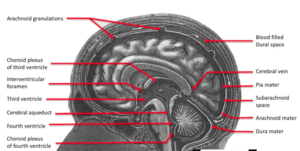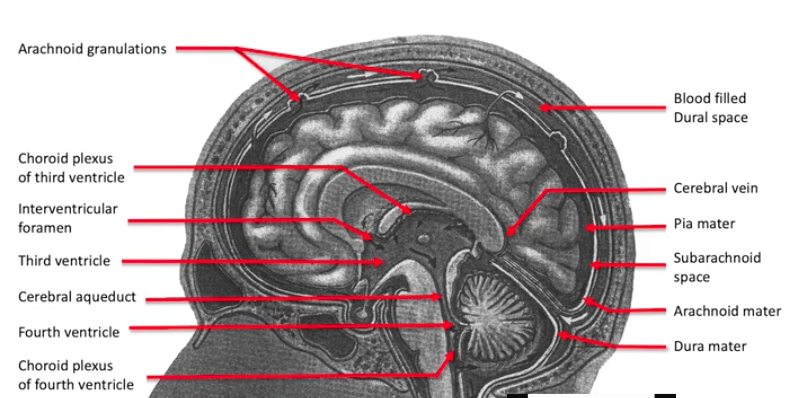Your body does this 8-12 times per minute

It’s not your breath (though that helps!)
Good afternoon to you, Bright Souls of New Day!
I’ve been taking an online continuing education class over the past several months called “Chiropractic Cranial Immersion.”
This class is about the brain and the bones of your skull and face and what chiropractors can do with patients to help optimize functioning through adjustments 💥🧠🌀💀
Did you know that you have a continuous system of fluid around your brain, in your brain, through the center of your spinal cord, and around your spinal cord?
The CSF or Cerebrospinal Fluid does several important things:
- Provides necessary nutrtition to the neural tissues of the brain and spinal cord
- Temperature control for the brain
- Removal of wastes and toxins from neural tissue
- Allows necessary motion of cranial bones
- Allows proper tension in the tissues surrounding the spine and attaching to the bones (the dura)
- Creates a buffer of physical protection for neural tissues

Side view of your brain where CSF is being created before it moves down through and around your spine 🌊⚡️🧠
Cerebrospinal Fluid moves with a pressure gradient down from your brain and then up again from your sacrum at a rhythm of 8-12 “waves” or beats per minute.
Having enough CSF (not too little and not too much) and having it move through the spaces it needs to move through at the rate it needs to move can be affected by several factors.
I’m having fun learning all the ways that the normal, typical responses of a person’s body and nervous system during Network Spinal care adjustments are helping you with CSF movement and hence proper alignment of the cranial bones.
- Deep, diaphragmatic breath of the type one typically experiences during and after Network Spinal care (due to the release in tension from the fascial and dural systems) helps move the CSF through your system more efficiently
- Normal movement of the sacrum in your lower back (you might notice a slight rising and falling here on the table as you breathe) helps move CSF as well.
- Flexing (dorsiflexing) your feet increases and decreases pressure through the fascial and dural tissues and helps move CSF up your spine and down your spine (ever notice you sometimes have the urge to do that during your adjustments? If not, you should try it sometime 😎)
Disturbances in CSF flow can be created by tension in the fascia and dural attachments to the vertebra of your spine and cranial bones.
Such disturbances can create hyper or hypo activity in the nerve tissues, stagnation as catabolic wastes build up, and actual mechanical irritation in the cranial bones and joints.
What I want you to take away from all of this is that your nervous system and body are a highly integrated and continuous system. CSF flow and cranial bone alignment is just one of the components of your system that is being improved through your care at New Day.
Hope you have enjoyed a wonderful weekend, and I look forward to seeing you for your care Monday, Tuesday, and/or Thursday 💖


